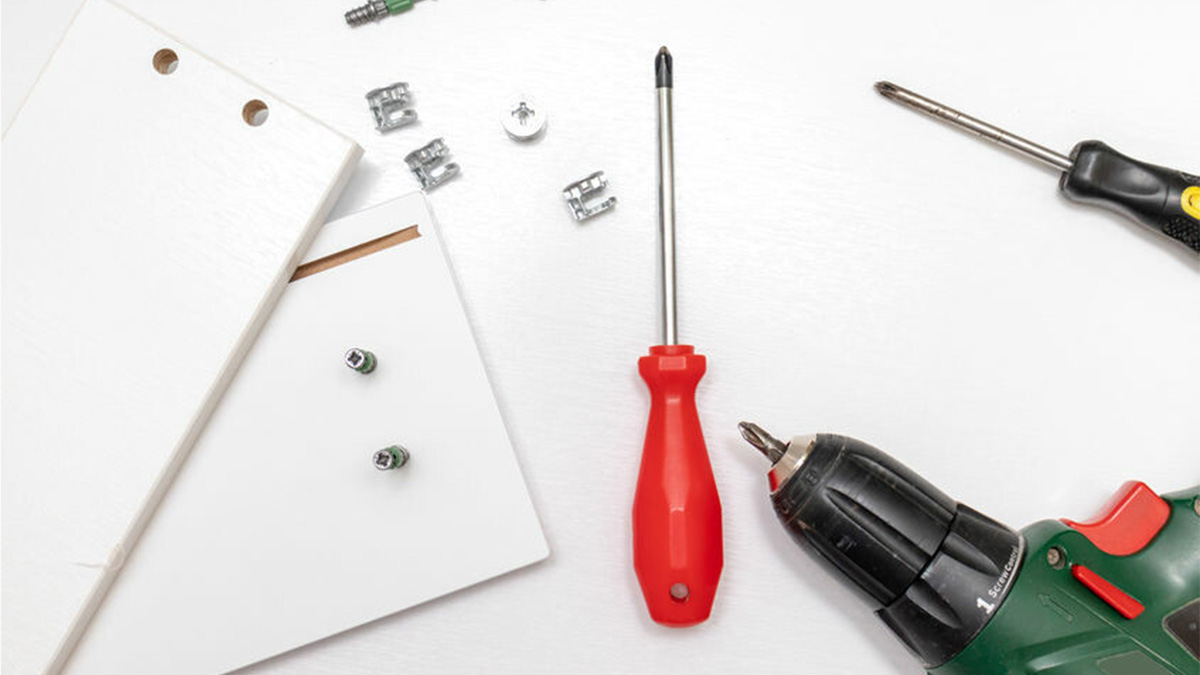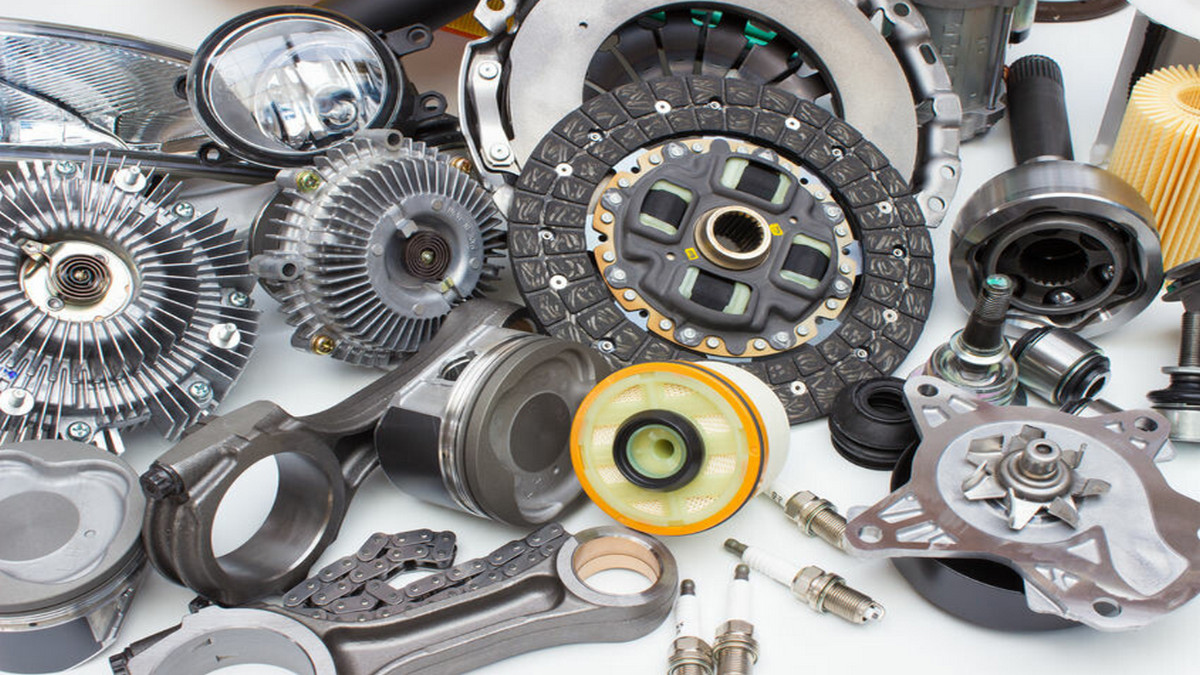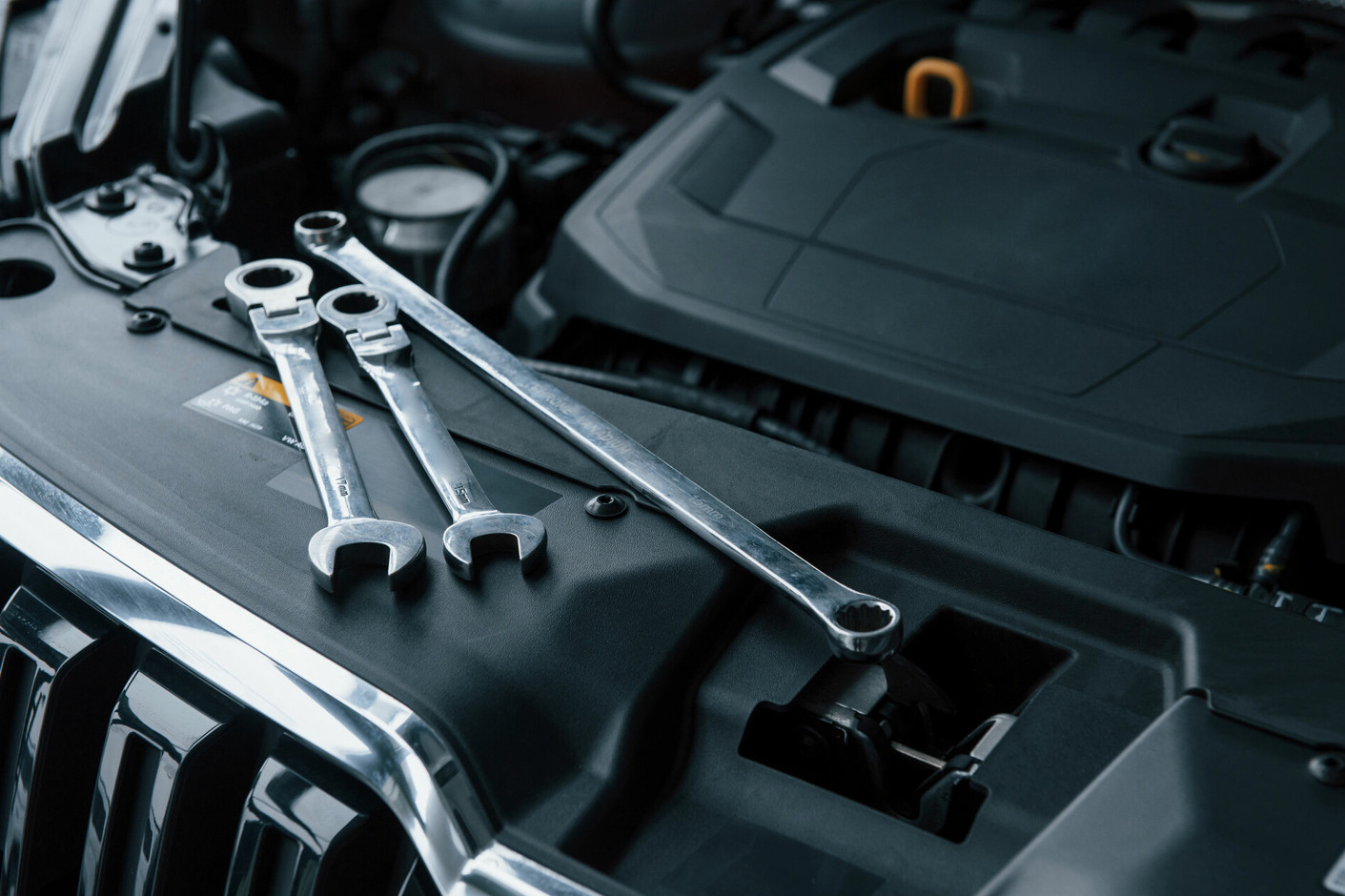Medical IV Drip Tubing and Connectors: Shaping the Healthcare Industry
How These Systems Function
The primary purpose of IV tubing and connectors is to deliver fluids and medications safely and efficiently. Key components include:
Drip Chambers:
An IV drip chamber controls and monitors the flow of fluids into a patient's bloodstream. It is typically positioned just below the IV bag. Fluids drip from the IV bag into the chamber, where air is separated to prevent it from entering the tubing that delivers the fluid to the patient. This placement allows healthcare providers to easily monitor the drip rate and ensures that air bubbles are filtered out before the fluid enters the tubing.
Flow Regulators:
An IV drip flow regulator controls the flow rate of fluids from the IV bag to the patient's bloodstream, ensuring precise fluid administration. Two common types are dial-based and clamp-based regulators. Dial-based regulators feature a rotatable dial that adjusts flow in milliliters per hour for precise control. Clamp-based regulators use a sliding clamp mechanism to manually compress the tubing, increasing or decreasing flow.
Connectors:
IV drip connectors ensure a secure, leak-free connection and maintain sterility to prevent contamination. They should be compatible with various medical devices, and provide ease of connection and disconnection. Sterility is critical to patient safety, and connectors must meet medical standards to prevent leakage and air entry. Features like Luer Locks or snap-fit designs ensure secure connections and minimize accidental disconnections during use.
Different Types of IV Tubing and Connectors
Modern IV drip tubing and connectors prioritize precise fluid delivery to ensure the accurate administration of medications and fluids. Needleless connectors have gained popularity, significantly reducing the risk of needlestick injuries and contamination.
The use of advanced materials, such as DEHP-free plastics, addresses concerns about potential toxicity. Silicone and thermoplastic elastomers are also becoming popular due to their biocompatibility and durability. For light-sensitive medications, opaque or UV-resistant materials are essential. Additionally, features like antimicrobial coatings enhance sterility and reduce the risk of infections.
Luer Lock Connectors
Luer lock connectors are a standardized type of medical connector used to securely attach syringes, needles, tubing, and other equipment. They feature a threaded locking mechanism that ensures a tight, leak-proof seal, making them ideal for applications requiring precision and safety. Luer lock connectors consist of male and female components, with the male fitting screwing into the female for a secure connection. Additionally, their standardized design allows for universal compatibility with a wide range of devices.
Needleless vs. Traditional Connectors
Needleless IV drip connectors use a valve mechanism that opens when a syringe or IV line is attached and automatically seals when disconnected, minimizing the risks of contamination and air entry. Features such as one-way valves and antimicrobial coatings have become standard, further enhancing sterility and patient safety.
This mechanism replaces traditional connectors, which relied on needles to puncture a septum, thereby eliminating the risk of needlestick injuries and reducing the chances of infection. Compared to traditional connectors, needleless systems are safer and more user-friendly, removing the need for sharp instruments and simplifying handling. The external surface of the connector can be easily disinfected with an alcohol swab before each use, ensuring added safety.
Customization for Specialized Needs
Tailored designs for specific medical applications include high-flow connectors that ensure accurate delivery of high-viscosity chemotherapy drugs. For pediatric care, lightweight and compact connectors minimize strain on the IV site, while low-pressure designs help avoid complications like infiltration or extravasation in fragile veins, thereby improving treatment efficacy and patient comfort.
Manufacturing Landscape
Medical IV drip tubing and connectors are manufactured globally, with key production hubs in the United States, Europe, China, and Taiwan. Taiwan, in particular, has emerged as a leader in the field, thanks to its advanced manufacturing capabilities, which ensure high-quality and cost-effective production.
Companies like Perfect Medical Ind. Co., Ltd. utilize state-of-the-art facilities to manufacture a variety of medical consumables, including hemodialysis blood tubing sets and safety infusion sets. Their adherence to global standards, such as ISO 13485, ensures market readiness. Bioteque Corporation, headquartered in Taipei City, produces medical disposables used in hemodialysis access, among other medical fields. The company is expanding its manufacturing capabilities with a new facility, expected to enhance production efficiency.
These components are continually evolving to meet the demands of modern medicine. Digital integration and a focus on environmental sustainability will continue to drive better outcomes for both patients and providers.














